It is reported that a rare protest broke out on the streets of Tokyo recently: on one side, Ishiba and Modi were smiling and shaking hands, and on the other side, young people in Shibuyawere marching with slogans that read, “Protect the Soul of Yamato“.Japan is screaming“rescue people to save the economy“, but the people are protesting! What’s wrong with Japan?
Japanese companies are in a hurry to grab people to fillhigh-skill positionsin IT, manufacturing, and healthcare. With the economic crisis looming on one side and cultural anxiety on the other, who is Japan really robbing?
Behindthese50,000 Indian talents and30 million scribe signatures, there is a truth that you wouldn’t expect!
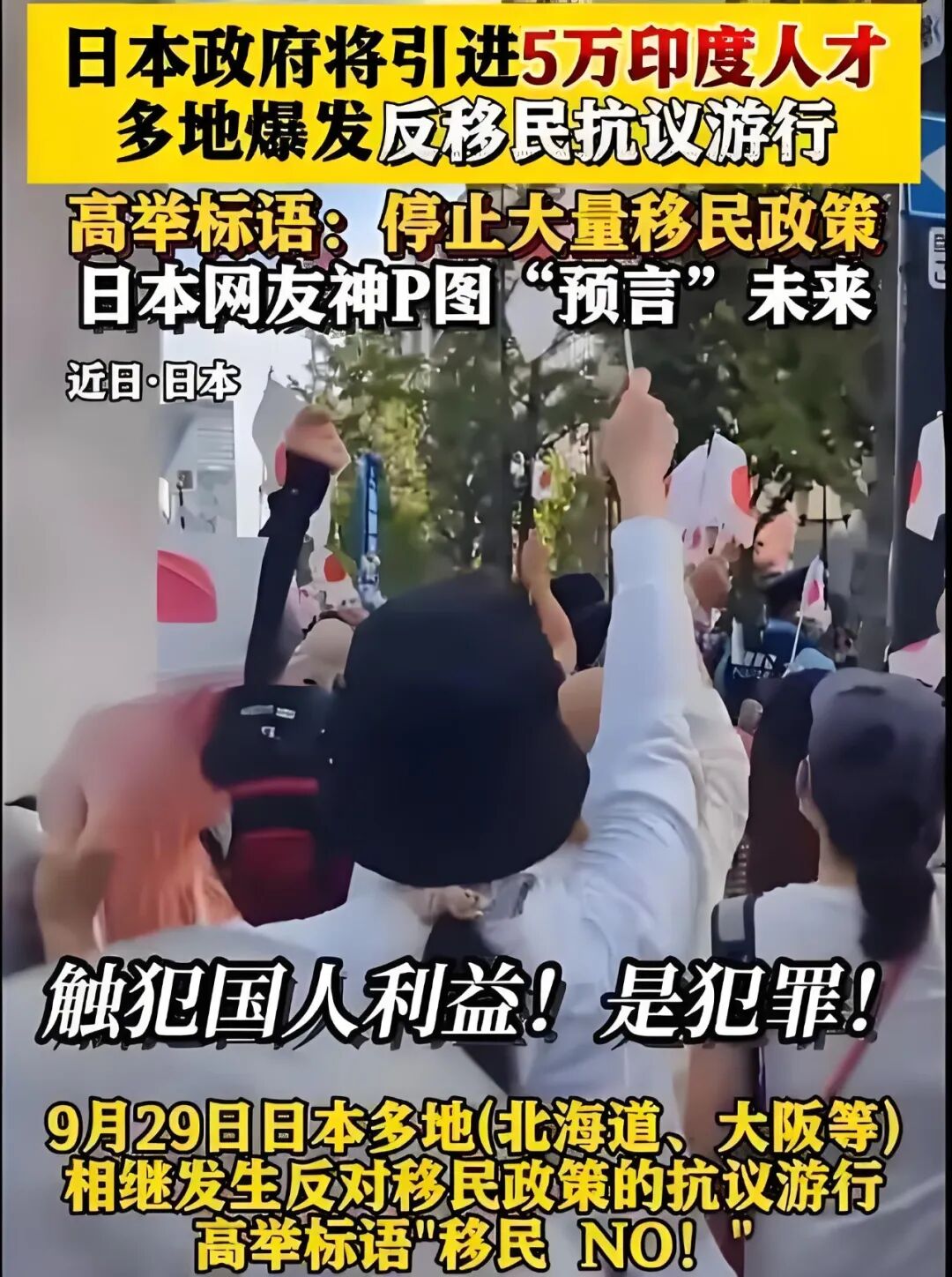
Source: Internet, deleted

I. Japan’s grabbing of Indian talent.
Survival or cultural anxiety?
At the end ofAugust2025, Japan reached an agreement with India to bring in50,000 Indian technical personnelover the next five yearsto fill domesticvacanciesin engineering,IT, healthcare and other highly skilled positions.
OnAugust29, former Japanese Defense Minister Shigeru Ishiba also seta goal ofachieving500,000 personnel exchangesover the nextfiveyearsduring talks with Indian Prime Minister Narendra Modi.
What was supposed to be a“life-saving program” forthe economytriggered street protests in Tokyo, Osaka, Nagoya and other cities. People held up signs saying,“Protect the soul of Yamato, reject the influx of immigrants,”in anger at Japan’s hasty policy.
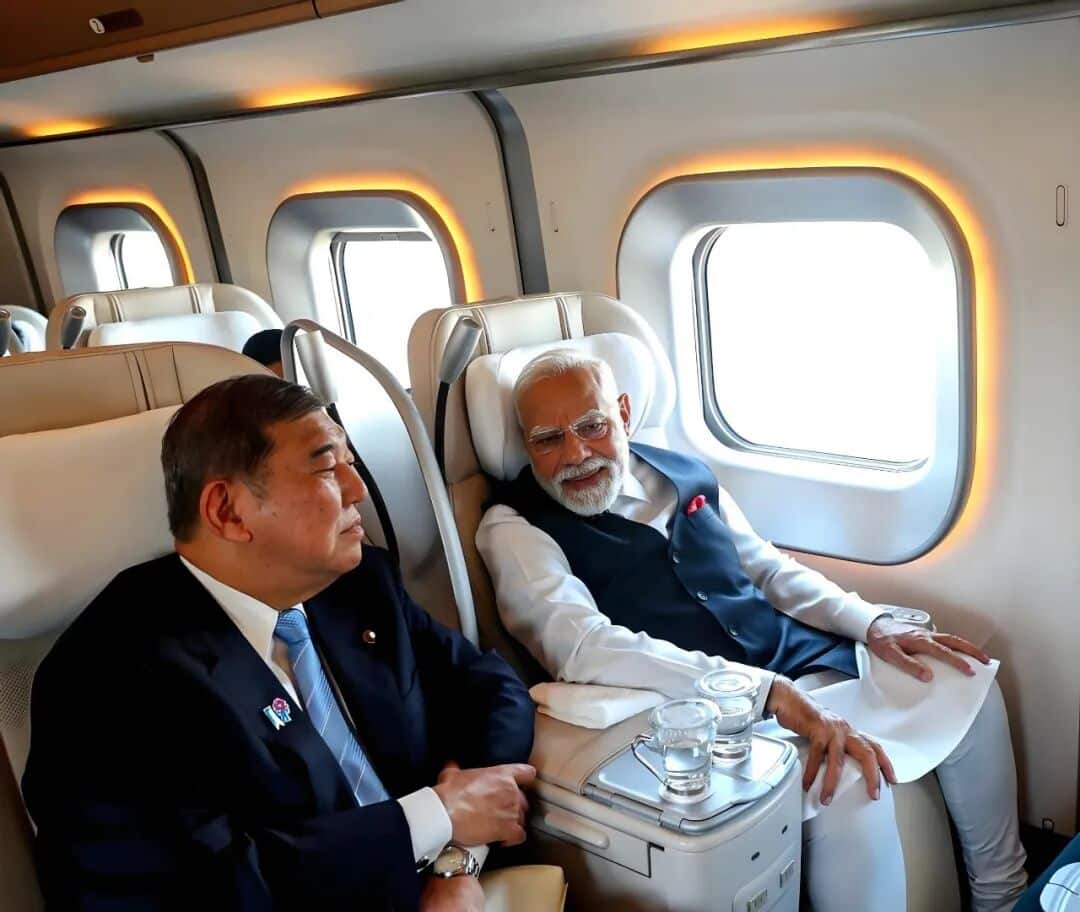
Photo credit: Yahoo JP
Behind the street clashes is the real-world pressure of low fertility rates and labor shortages.in the first half of2025, there will be only339,000newborns in Japan, with a whopping837,000deaths, andaprojected labor shortfall of6million peoplein five years’ time.
In other words, Japan has been forced intoa cornerby the aging of fewer children, and the introduction of Indian talent is a choice that has to be made.
But the popular protests are not just about the distribution of jobs, they are about cultural identity.
After Indian engineers moved into Japan, convenience stores started selling masala noodles, Hindi announcements could be heard at subway stations, and curry houses and sushi restaurants stood next to each other. The impact of this way of life made some Japanese feel that their“mono-ethnic culture“was being threatened.
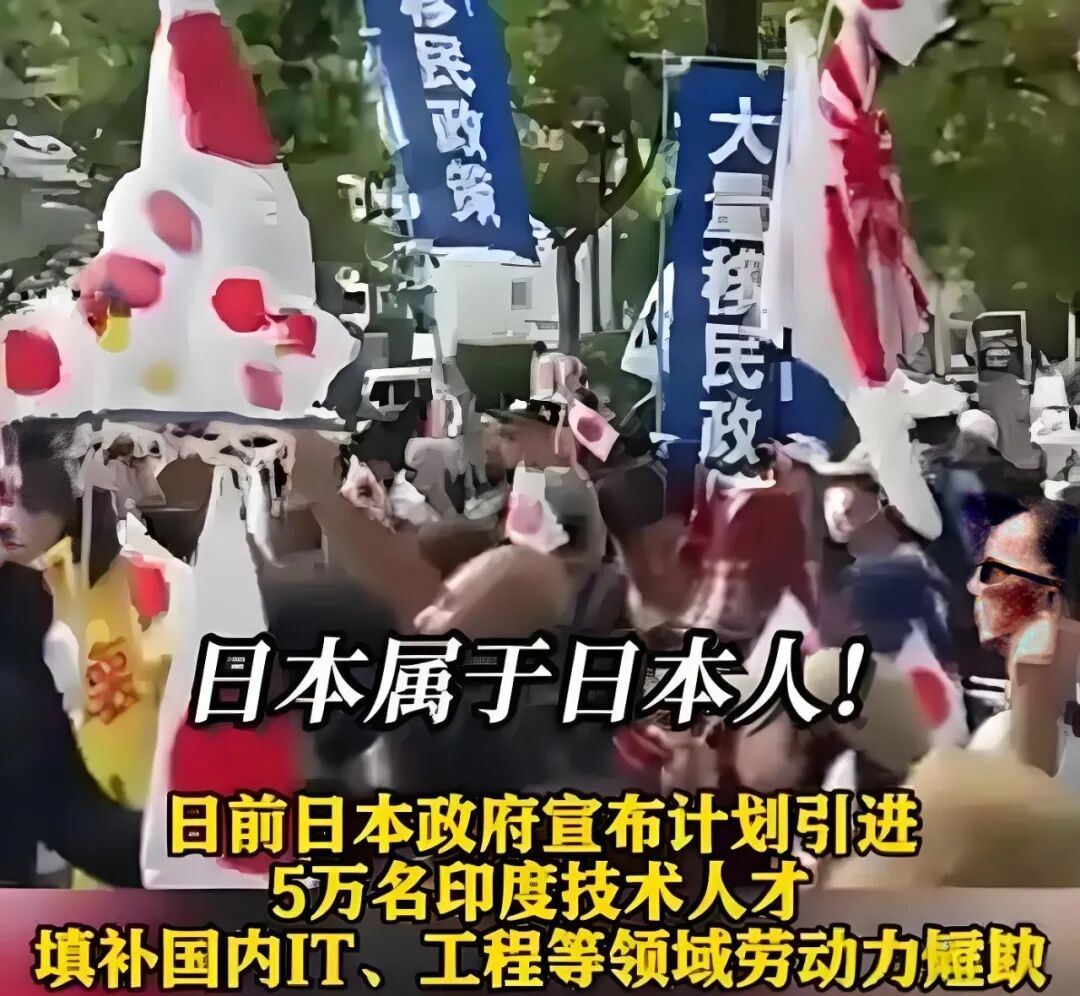
Source: Internet, deleted

II. Why Japan must have Indian talent
Precision Matching“Sickness in a Hurry“
Japan’s“talent famine“is already very serious, withonly340,000birthsand840,000deathsin the first half of2025, a net annual decline of500,000 people.
By2030, the labor shortage is expected to exceed6million.Positions such as software engineers and automotive industry mechanics are especially in short supply:65-year-olds are still screwing inToyota factories; TokyoITcompanies even post job ads to subway stations just to recruit programmers.
There are only80,000ITgraduates fromJapanese colleges and universities every year, and more than half of them change their jobs to become civil servants or enter traditional enterprises. Young people do not want to engage in manufacturing and boring program development, enterprise projects can only watch stagnation. At this point, India becomes the optimal solution.

Source: Earth Knowledge Bureau
India is the world’s largestIToutsourcing country, with more than2million software engineersin Bangalore alone, and labor costs that are60%lower than in the United States.
More critically,a large number of Indian engineers have had their American dreams thwarted bythe recent significant tightening ofthe H-1Bvisa policy inthe United States, which has hiked the cost from a few thousand dollars to$100,000 USD.
At this time, Japan has provided a“green channel“: the approval of visas for special high-level talentshas been shortenedfromthreemonths to10days, andfamily members can apply for permanent residence and obtain visas at the same time if theyhave lived in the country forone year, which is a convenience that even Ukrainian refugees have not yet enjoyed.
On the one hand, Japan“thirst for talent“, on the one hand, Indian talent“no way to go“, the two countries naturally hit it off. Japan to grab people behind, is the supply and demand at both ends of the precise match, the economy seeks to survive, talent seeks opportunities.
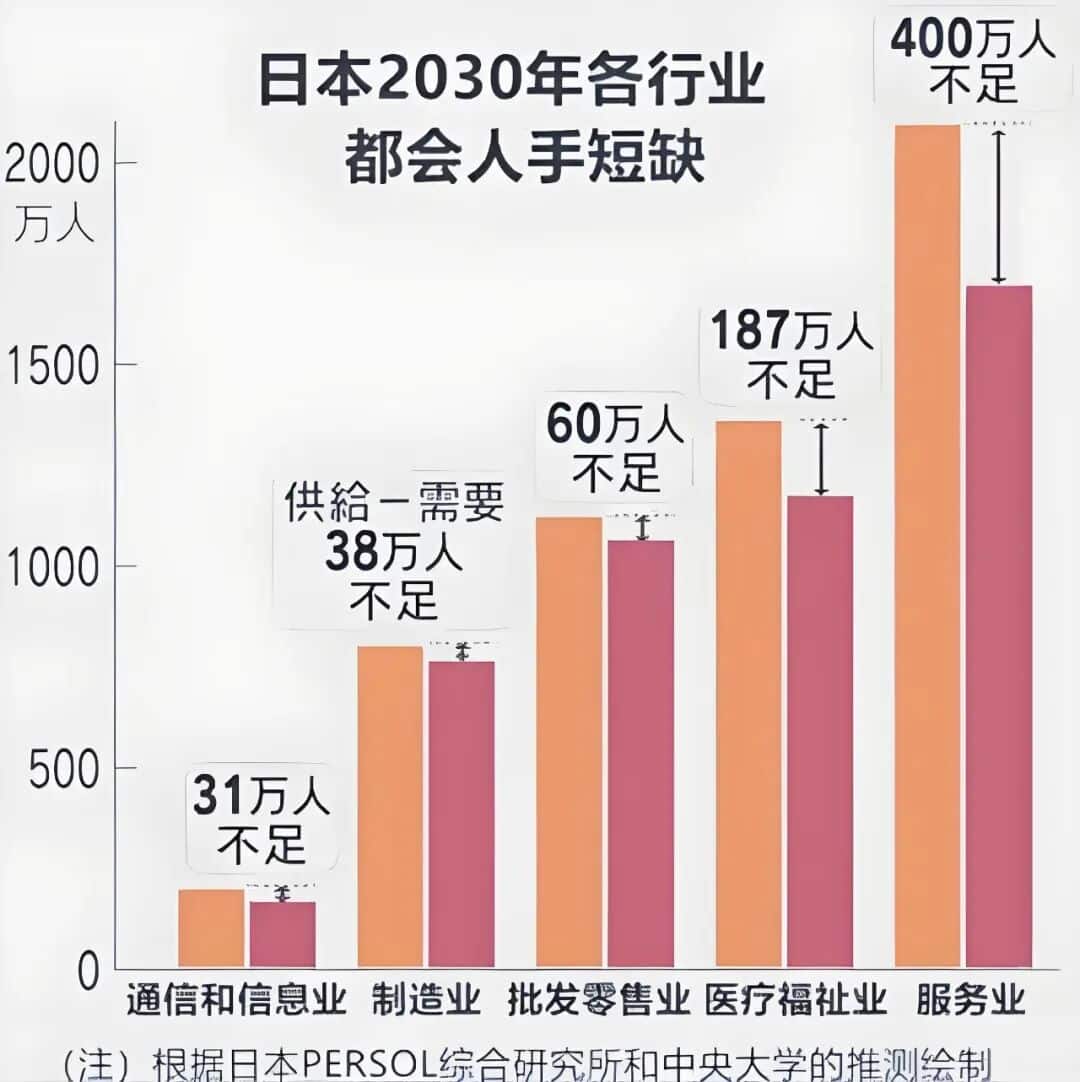
Source: PERSOL Japan

III. Interests and cultural anxieties behind street protests
The popular protests are not only xenophobic, but alsoa concentration ofconflicting interests+cultural fears+hasty policies.
First is the distribution of benefits anxiety.InTokyo’sITindustrial park, the starting salary of Indian engineersis fivetimeshigher than that of local employees, and theinflux of344Indians fromthe town of Urakawa in Hokkaido, accounting for3% ofthe total local population, mostly engaged in the horse-breeding industry, has snatched away part-time job opportunities for the elderly.
Japanese people complained,“Officialscry‘Japanese first‘but let foreigners get higher wages.“
Secondly, there is the mentality of cultural rejection.Japan has long been recognized asa“mono-ethnic country“and has a low tolerance for cultural differences. Convenience stores selling instant noodles, the emergence of curry houses, and Hindi radio broadcasts are all changes that make the Japanese, who are used to a sense of borders, uncomfortable. Conservative politicians complained privately,“Canada has become‘Indo-Canada‘; is Japan going to follow suit?“
Finally, the policy is hasty.Officials only think of“grabbing people“, but have not done supporting measures. Some Indian engineers have been victimized by intermediaries, and their wages have been deducted by half, but they have no channel to complain; some schools have insufficient teaching materials due to the increase in the number of Indian students. The public’s anger is focused on the loopholes in official management, not on the Indians themselves.
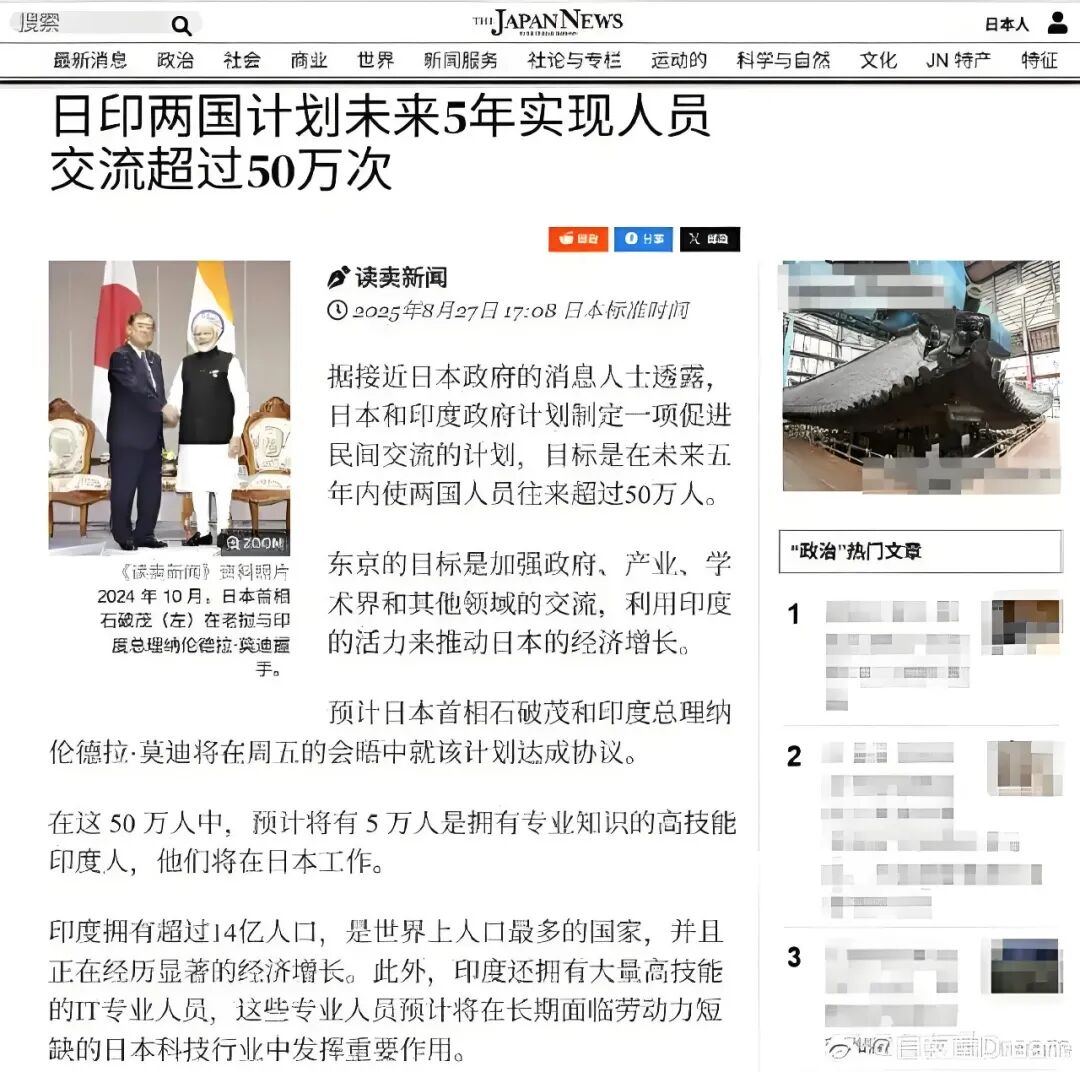
Source: Internet, deleted

IV. The Great Reversal of Global Talent Mobility.
America pushes, Japan picks up
For decades, the US has been the first choice for Indian talent. Indian engineers make up60%of the Silicon Valley software maintenance team;75% oftheMetacore teamare first-generation Indian immigrants.
Butafter the cost ofH-1Bvisas skyrocketed, the U.S. door basically closed. Indian engineer Amir originally got a Microsoft Seattleoffer, and eventually had to turn to a TokyoAIcompany,“the American dream is not shattered, just being gripped bald.“
Japan has gone from beinga“xenophobe“toa “receiver“.2021, Japan will accept only9Afghan refugeesin a whole year, and is even more selective about African immigrants.
Today, in order to retain Indian talent, Japan provides language training, housing coordination, career guidance. Indian talent has supported Japan’s automobile, electronics industry two pillars,GDPless they may fall two points.
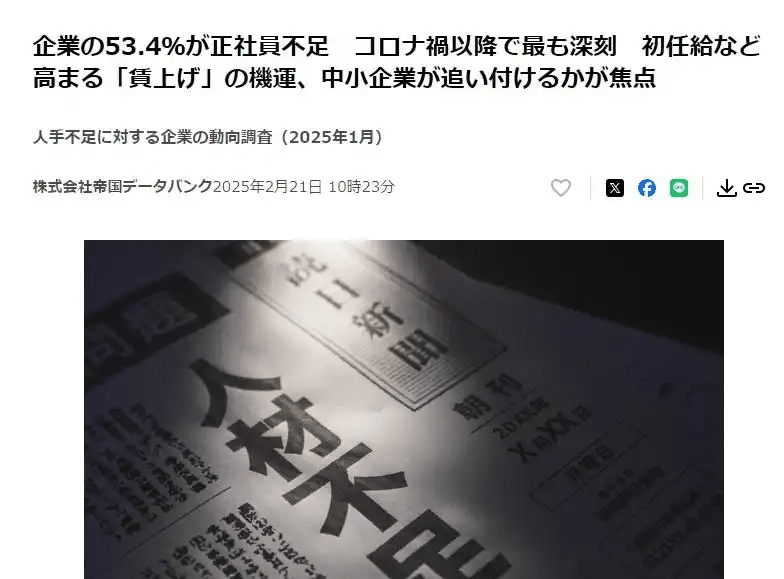
Source: Internet, deleted
The double standard of the Western media is also very obvious: the U.S. media scolded the Indians“robbing Americans of their jobs“, but praised Japan‘s “vision“; European media once criticized Japan‘s “xenophobia“, and now envies“Japan has found the antidote“.
Behind this is a reflection of national interests and economic pressures rather than a mere cultural choice.

Source: Internet, deleted

V. The Pitfalls of Robbing People to Save the Economy
Short Term Benefitsvs. Long Term Risks
Japan’s talent acquisition program can alleviate short-term shortfalls, but lurks in long-term pitfalls:
Talent retention challenges:Indian talent is more of a“second best“and may leave at any time once conditions improve in the United States or Europe.
The Japanese workplace“life-long employment system” “seniority“culture, and Indian engineers are accustomed to“flexible job-hopping“is not compatible. Many people remotely take orders from U.S. companies,“earn dollars and spend yen“.
Risks of social integration:Japan has no experience with multicultural integration and lacks mediation mechanisms. Canada’s experience shows that immigrant settlements in India may form“cultural silos“and have frequent conflicts with the native population.
Treating the symptoms is not the root cause:50,000 people is far from solvingthe 6million labor shortage. Japan’s core problem is still the low birth rate and the reluctance of young people to give birth, while childcare subsidies and women’s employment support are not enough investment. Robbing people to save the economy is essentially avoiding deep-seated reforms.
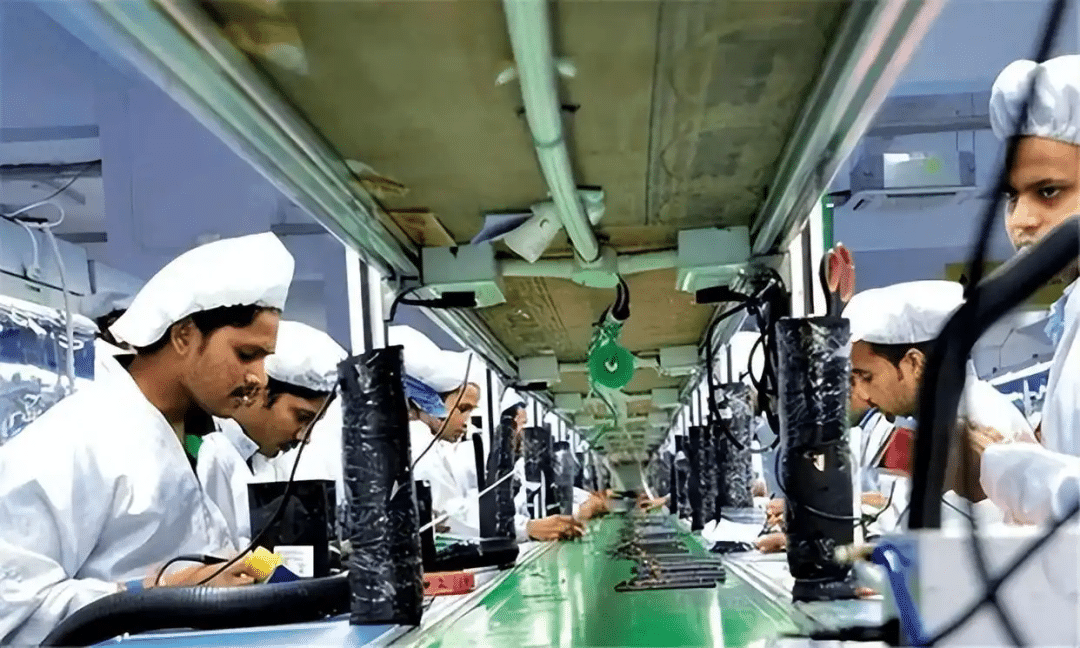
Source: Internet, deleted

VI. Who panicked the most with the tightening of visa policies for the economic management?
OnAugust26,2025, the Japanese Ministry of Justice releaseda draft revision of theBusiness Manager Visapolicy, which plans toraisethe capital requirement from5million yen to30million yen and require applicants to hire at least one full-time employee. This move has sparked widespread concern and discussion.
According to the Immigration Bureau of Japan, by theend of2024,the number of peoplewith“managementandadministration“visas will reach41,600, an increase of11%from the previous year.
More than half of them are Chinese nationals. However, as the number of people increases, loopholes in the system are becoming apparent.
The so-called“5million dollar model“has emerged in the market: the funds are first credited to the account at the time of application, and then quickly withdrawn after approval is granted, with no actual operation of the company. The Japanese media have evendescribed this phenomenonas a “shell company paradise“.
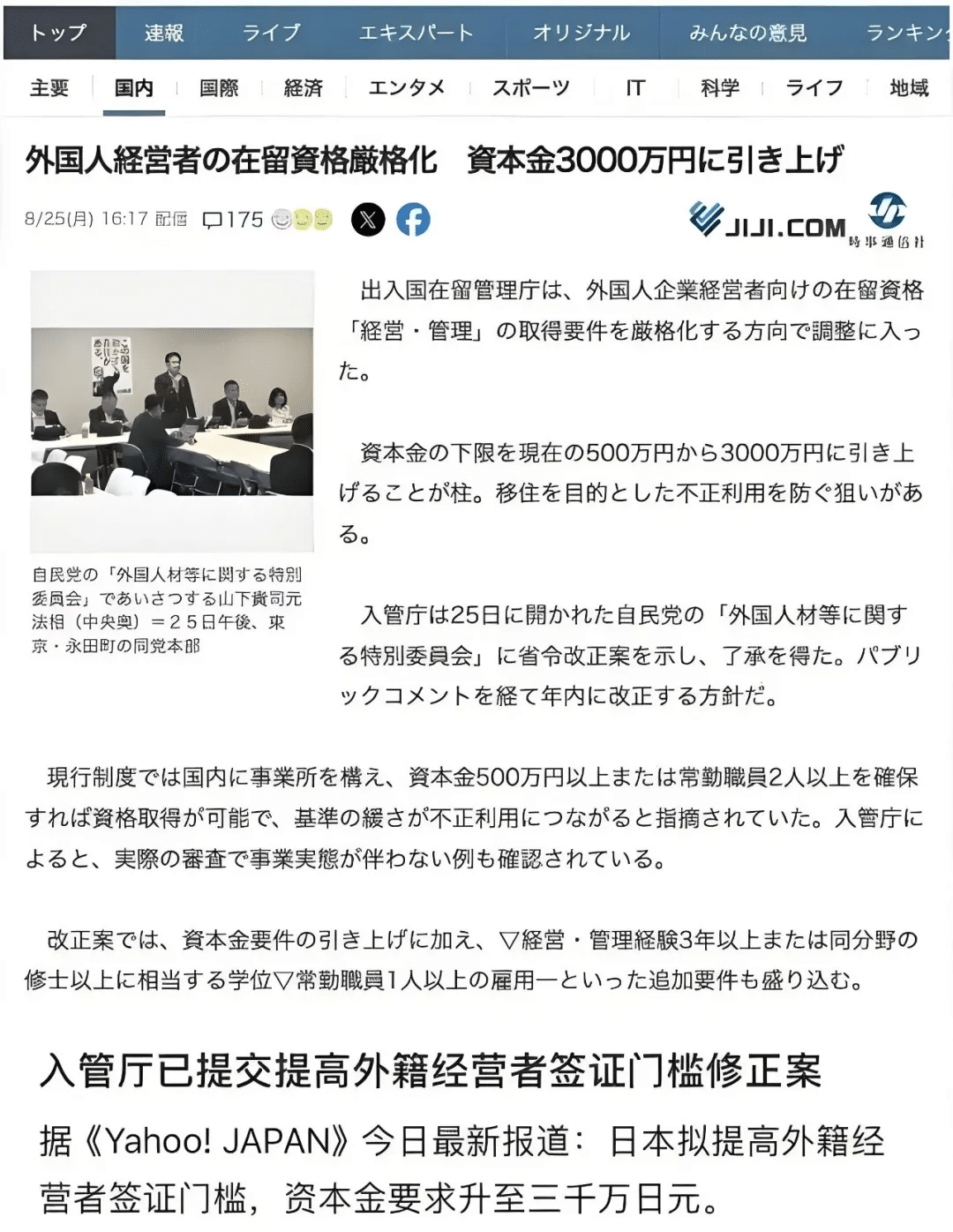
Source:Current Affairs News Service
In order to curb such abusive behavior that deviates from the original intent, the Ministry of Justice has introduced new policy requirements:
Capital:Increasedfrom5million yen to30million yen (5-foldincrease);
Employment conditions:Employ at leastonefull-time regular staff member;“zero-employee companies“are no longer permitted;
Applicant’s qualifications:Master’s/Doctorate degree or at least three years of experience in business managementis required;
Business plans:they must be evaluated by a professional organization or expert, and“self-talk“is no longer acceptable;
Requirements:Proof of funds and employment must be submitted at the same time to eliminatethe “either/or“loophole.
The purpose of these new regulations is to ensure thatapplicants for“managementandadministration“visas have the actual ability and intention to operate a business, and to prevent abuse.
However, this also means thatforeigners, especially owners of small and medium-sized businesses, whohave been relying onthe “ManagementandAdministration“visatostart a business in Japan, may face a higher threshold and more stringent scrutiny.
For applicants with limited capital and little business experience, the new policy may make their entrepreneurial dreams even more out of reach.
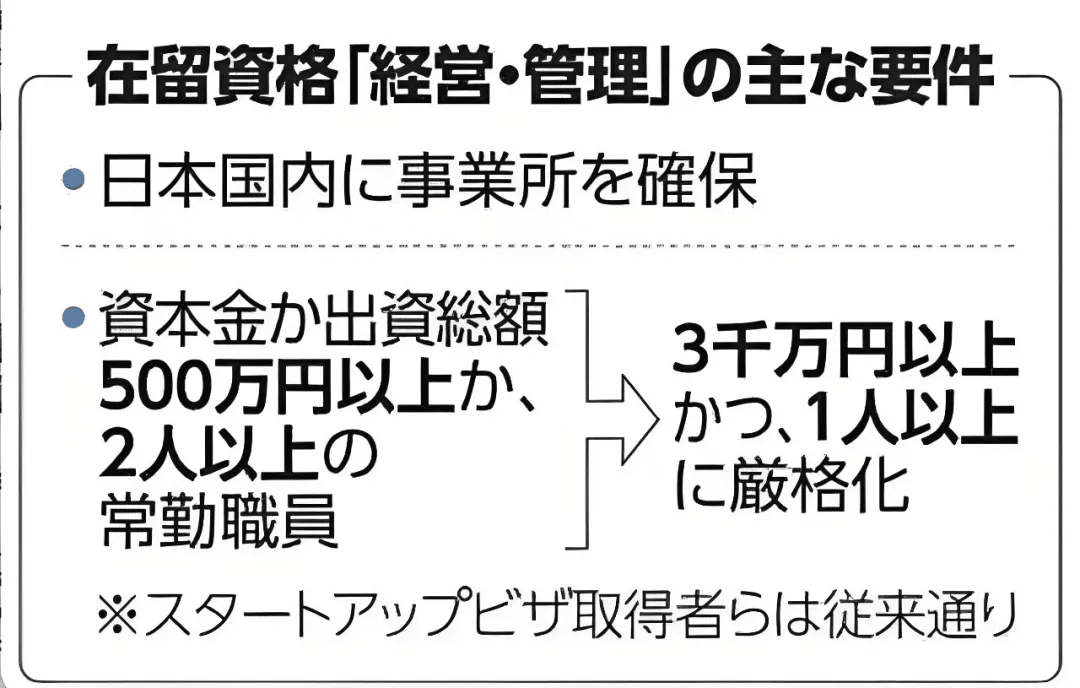
Source:Current Affairs News Service
Conclusion: The Game of Survival and Tradition in Japan
The street protests will eventually dissipate, but the demographic dilemma facing Japan will not go away. Bringing in Indian talent is not achoice of“to be or not to be“, buta compromise of“have to be“,either to accept the changes brought about by immigration or to watch the economy gradually decline.
This game reminds all the aging countries that the population problem is not only a lack of people to make up for the lack of people, but also a test of social inclusiveness and policy perfection. Japan’s attempt may take a detour, but at least it proves one thing:in the era of globalization, even the most closed society will eventually be pushed forward by the law of population.
As forthose whoare worried about“Japan becoming tasteless“, they may have to get used to the fact thatin the future, curry may become as much a part of the city’s flavor as soy sauce in Tokyo. Survival is always more important than traditional obsessions.
Note:References are from the Japan Immigration Service, the Immigration Control and Refugee Recognition Act,JIJI, Yahoo!JP,PERSOL,the Earth Knowledge Bureau, the Singapore United Morning Post, and comprehensive news reports, reprinted with attribution, and contacted for deletion.
